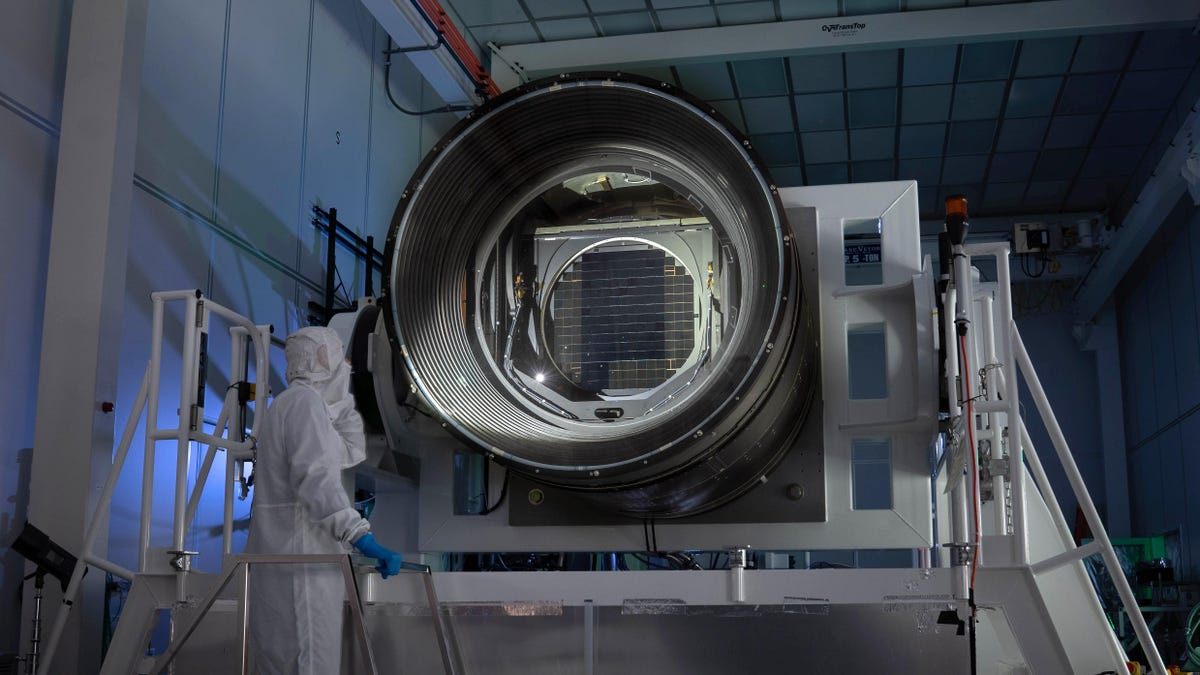The LSST Camera: Unveiling The Largest Digital Camera For Astronomy
Nine years and 3.2 billion pixels in the making, the completion of the LSST Camera marks a significant milestone in the field of astronomy. As the largest digital camera ever constructed for astronomical purposes, it will take center stage at the Vera Rubin Observatory, ushering in a new era of exploration of the southern skies.
Key Goals and Objectives
The primary objective of the Rubin Observatory revolves around the ambitious 10-year Legacy Survey of Space and Time (LSST). This extensive survey aims to provide a sweeping, continuous observation of space, generating a staggering amount of data – 60 petabytes to be precise. The data collected will shed light on various aspects of the universe, including the composition, distribution, and nature of dark matter and dark energy, the expansion of the universe, the formation of galaxies, and the dynamics of our solar system.
Utilizing a 5.1-foot-wide optical lens, the camera will capture a 15-second exposure of the sky every 20 seconds, utilizing various filters to observe light across different wavelengths. Its monitoring capabilities will result in a comprehensive timelapse of celestial events, enabling scientists to detect transient phenomena and track changes in the night sky.
Željko Ivezić, an esteemed astrophysicist and the director of the Rubin Observatory’s construction, expressed his enthusiasm, stating, “We will soon start producing the greatest movie of all time and the most informative map of the night sky ever assembled.”
Technical Marvels of the Camera
The LSST Camera’s design embodies precision and sophistication, resembling a technological masterpiece akin to a Rolls Royce. This state-of-the-art camera, with a weight of 6,200 pounds, comprises 21 rafts on its focal plane, each equivalent in value to a Maserati. The meticulous construction ensures that the camera is equipped to capture the anticipated data with unparalleled efficiency and accuracy.
Aaron Roodman, the lead physicist overseeing the camera program at SLAC, highlighted the camera’s capabilities in studying the universe’s expansion through gravitational lenses. The camera’s imaging prowess was exemplified by Rodman, who described its ability to resolve a golf ball from a distance of 15 miles, covering a sky area seven times wider than the full moon.
Challenges and Solutions
Despite the Rubin Observatory’s advantageous location in Chile’s Atacama Desert, challenges persist, particularly in the form of light pollution from human activities and satellite constellations. Roodman emphasized the need to address the potential interference caused by the increasing number and brightness of satellites, which could impact the observatory’s survey significantly.
Efforts to mitigate the effects of satellite streaks on images have been explored, with researchers devising innovative solutions to minimize these disruptions. However, the overarching goal remains to preserve the pristine quality of astronomical observations, underscoring the importance of maintaining dark, unpolluted skies for scientific endeavors.
Future Prospects and Implications
As the Rubin Observatory prepares for its inaugural phase of operation, the LSST Camera holds immense promise in revolutionizing our understanding of the cosmos. With the first images expected to be unveiled in March 2025, the scientific community eagerly anticipates the monumental discoveries that await.
By amplifying our knowledge of the universe and unveiling its dynamic nature, the LSST Camera and the Rubin Observatory are poised to redefine the frontiers of astronomical research. Through its relentless pursuit of unraveling cosmic mysteries, this groundbreaking technology will illuminate the beauty and complexity of the celestial realm.
Image/Photo credit: source url





